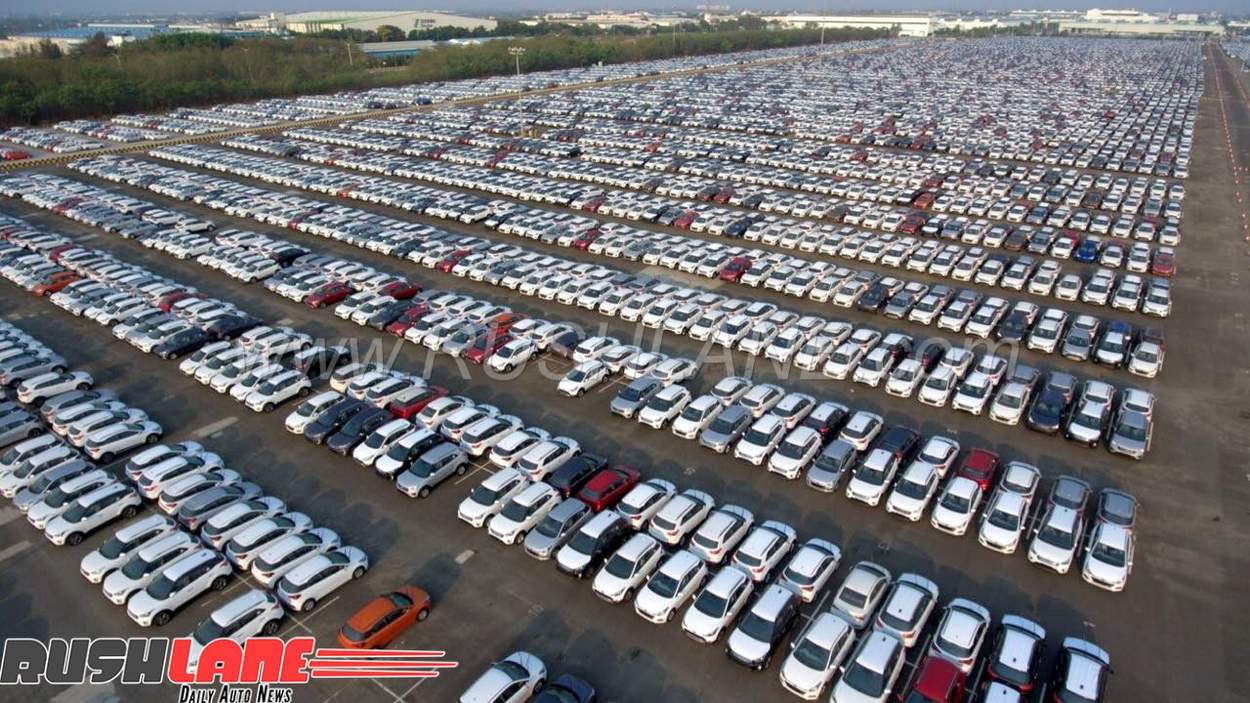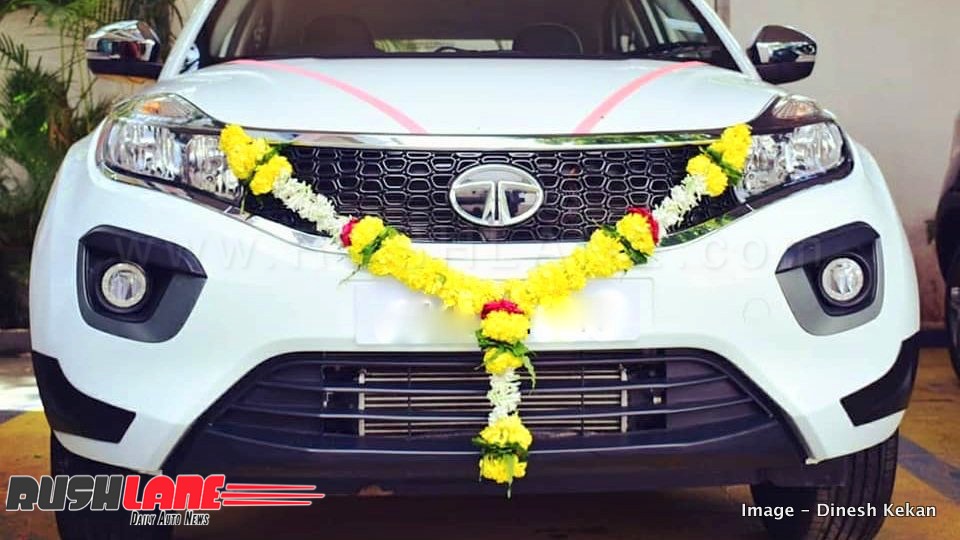For automobile manufacturers, capex is to rise 30 percent over the next two fiscals, reveals the latest report by CRISIL. A study of 18 OEMs (10 rated by CRISIL) that consist for 90 percent of industry volume points to passenger vehicle makers accounting for about 70 percent of capex estimate (Rs 40,600 cr). CV manufacturers will spend about 20 percent (Rs 11,600 cr) and 10 percent (Rs 5,800 cr) by two-wheeler manufacturers.
In the OEM space, across PV, CV and two-wheeler segments, the top two companies enjoy a 60-70 percent market share. Both top players in PV segment (Maruti and Hyundai) are functioning at close to production capacity and have resorted to lower exports to meet domestic demand. Other segment leaders are operating at utilization levels of over 70-75 percent.

Keeping in mind market leadership, the two manufacturers across segments are expected to incur upward of half of the total capex in each segment in order to maintain market share. The market will embrace tighter regulations and healthy growth through the said fiscal period.
“About half of the Rs 58,000 crore would be to expand capacity to cater to growth in demand, and the balance for new products and technology to conform to tighter regulations. Vehicle demand is expected to grow in most segments in high single digits till fiscal 2020, supported by rising disposable incomes and increasing industrial and rural activity,” said Anuj Sethi, Senior Director, CRISIL Ratings.

In keeping pace, manufacturers will need to invest in new cars/products, including electric vehicles. CRISIL expects 8 new major PV model launches in fiscal 19 compared with 6 in fiscal 2018. Investments in technology will ensure vehicles conform to regulatory changes. This includes moving seamlessly to BS-VI emission norms, and Bharat NCAP requirements which include adhering to established braking norms and crash tests.
Almost every major car maker in India has announced huge investments. Maruti Suzuki, Hyundai, Tata have all planned investments of Rs 7,000 crore each. This new investment will not only help them launch new cars, but to improve their R&D, dealership experience and so on.

